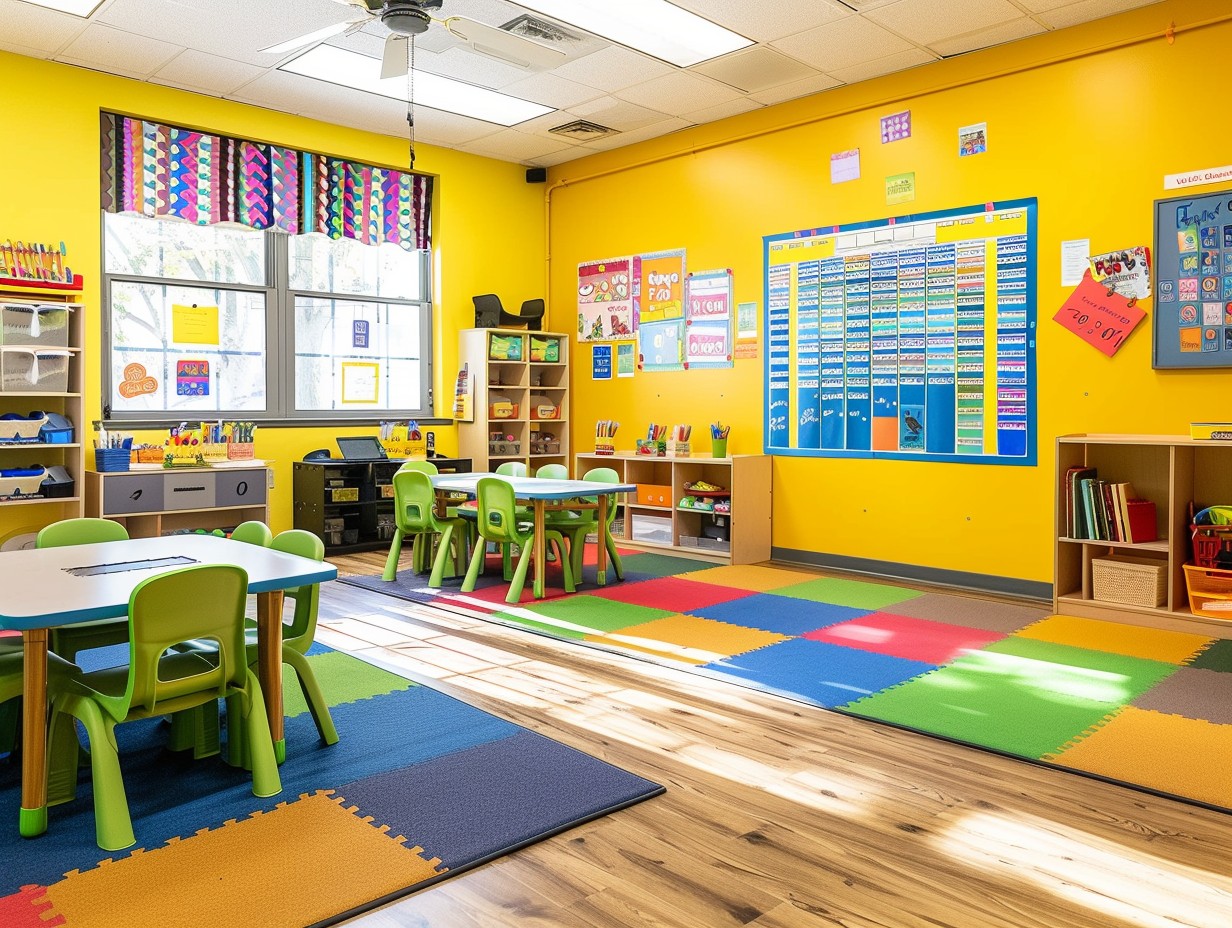
Creative Behavior Chart Ideas for Classroom
Understanding the Importance of Behavior Charts
Behavior charts serve as a visual representation of students' behavior, providing immediate feedback and encouraging positive actions. These charts help create a structured environment where students know the expectations and consequences of their behavior. They also enable teachers to monitor and address issues promptly, fostering an atmosphere conducive to learning and development. By setting clear goals and recognizing achievements, behavior charts motivate students to improve their behavior, ultimately contributing to a more harmonious classroom environment.
Types of Behavior Charts
Diverse behavior charts cater to various classroom needs, ranging from simple sticker charts to sophisticated point systems. Sticker charts are ideal for younger students, offering immediate gratification through visual progress. Point systems allow for more nuanced tracking, giving students opportunities to earn points for positive behavior, which can later be exchanged for rewards. Color-coded charts, on the other hand, provide a quick visual cue of a student's behavior status, making it easier for teachers to manage the classroom dynamics effectively. Each type of chart has its benefits, depending on the age group and specific classroom requirements.
Implementing Individual Behavior Charts
Individual behavior charts are tailored to meet the unique needs of each student, focusing on personal goals and progress. These charts are particularly effective for students who require additional support or have specific behavioral challenges. By setting personalized targets and monitoring progress, teachers can provide targeted feedback and interventions. This individualized approach not only promotes self-awareness and accountability but also fosters a sense of achievement as students see their improvements reflected on their charts. Collaboration with parents and caregivers can further enhance the effectiveness of these charts.
Effective Class-wide Behavior Tracking
Class-wide behavior tracking systems offer a unified approach to managing classroom behavior, promoting a sense of community and collective responsibility. These systems often involve tracking the entire class's behavior on a communal chart, rewarding the group for positive behavior and encouraging teamwork. This method can be particularly effective in fostering a positive classroom culture, as students work together towards common goals. Clear and consistent criteria for behavior ensure that students understand what is expected of them, reinforcing positive actions and minimizing disruptions.
Creative Rewards and Incentives
Rewards and incentives play a crucial role in maintaining student motivation and engagement with behavior charts. Creative rewards, such as extra recess time, special privileges, or small prizes, can make a significant difference in encouraging positive behavior. Personalizing rewards to match students' interests can increase their effectiveness, making the reward system more meaningful and exciting. Group rewards, such as a class party or a fun activity, can also promote teamwork and collective effort, enhancing the overall classroom experience.
Strategies for Success
Successful implementation of behavior charts requires a strategic approach, including clear communication of expectations and consistent application of rules. Establishing a routine for updating and reviewing the charts helps maintain their relevance and effectiveness. Encouraging student involvement in setting goals and tracking progress can also increase their commitment to the system. Regularly reviewing and adjusting the charts based on their effectiveness ensures they remain a valuable tool in managing classroom behavior. Collaborating with colleagues can provide additional insights and strategies for optimizing the use of behavior charts.
Addressing Challenges
Challenges in using behavior charts may arise, such as students losing interest or the system becoming ineffective over time. To address these issues, it's important to regularly evaluate and refresh the charts to keep them engaging. Adjusting the criteria or introducing new rewards can reinvigorate student interest. For students who consistently struggle, additional support and individualized interventions may be necessary. Open communication with students and parents can also help identify underlying issues and collaboratively develop solutions to overcome these challenges.
Additional Resources
Numerous resources are available to support teachers in implementing and optimizing behavior charts. Educational websites, professional development workshops, and instructional books offer a wealth of information on best practices and innovative ideas. Online communities and forums provide a platform for teachers to share experiences and strategies. Leveraging these resources can enhance the effectiveness of behavior charts, ensuring they remain a powerful tool in promoting positive classroom behavior and fostering a conducive learning environment.